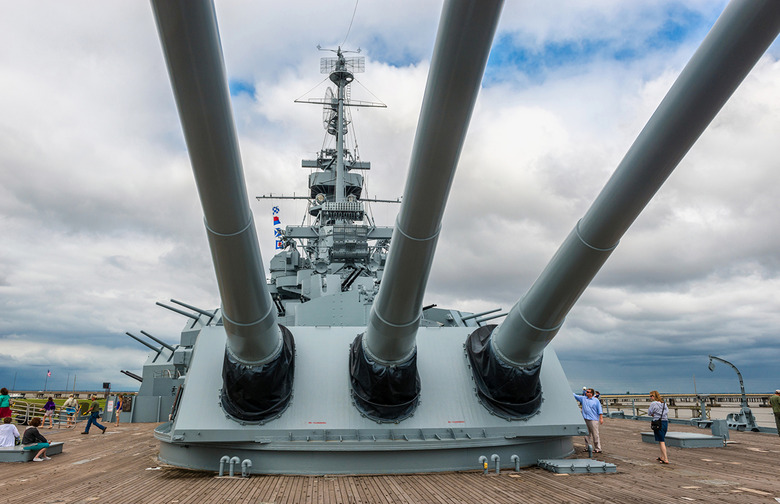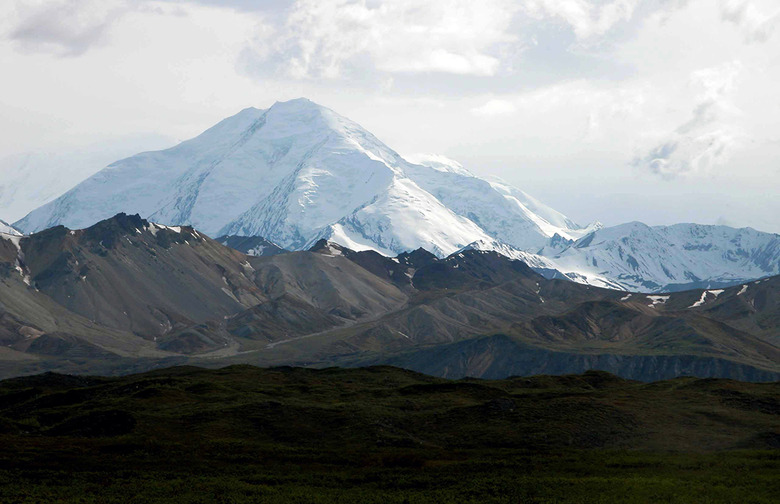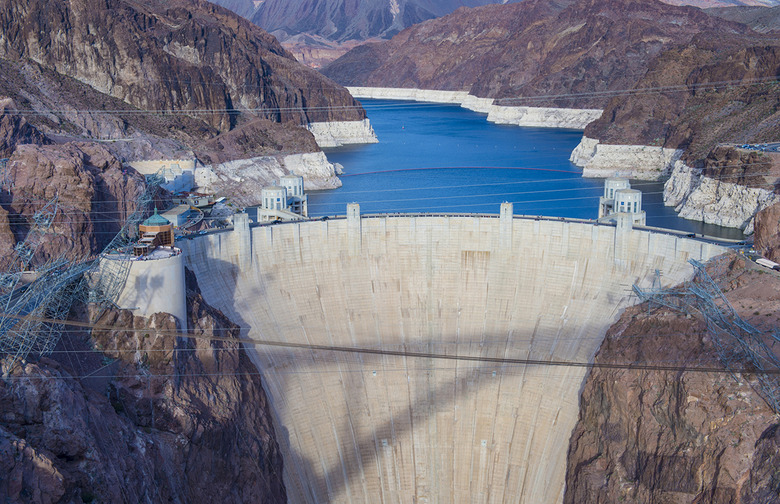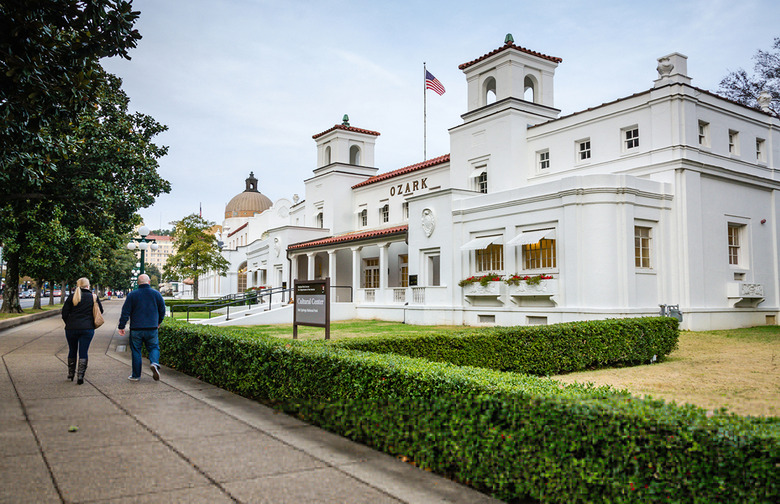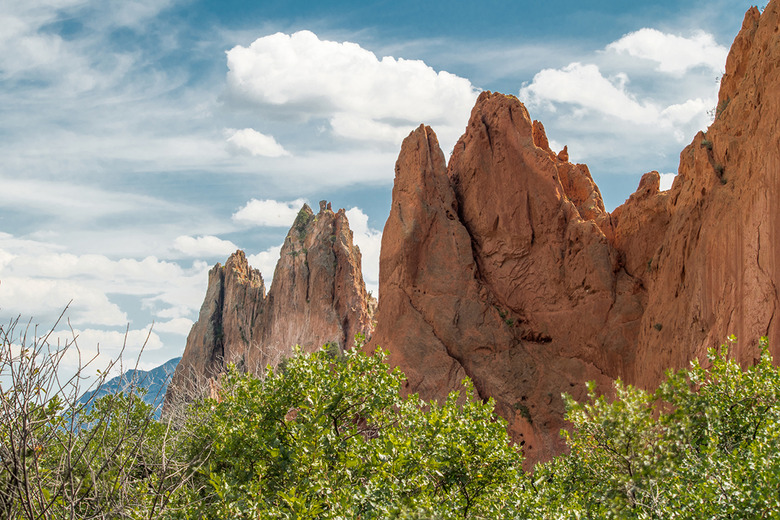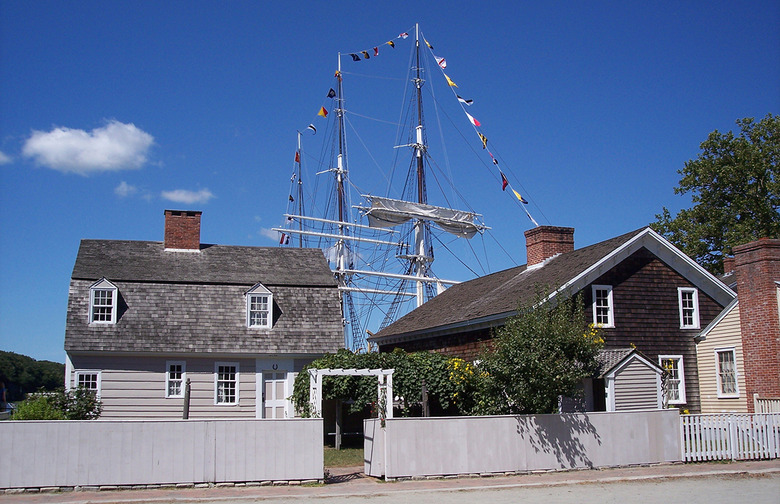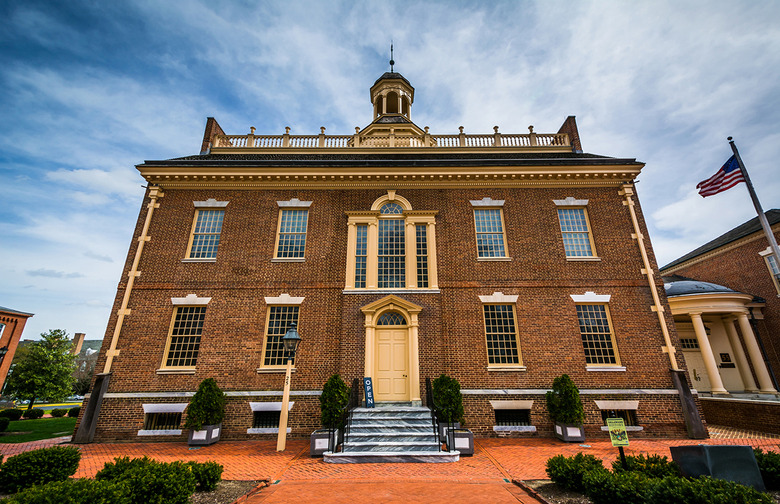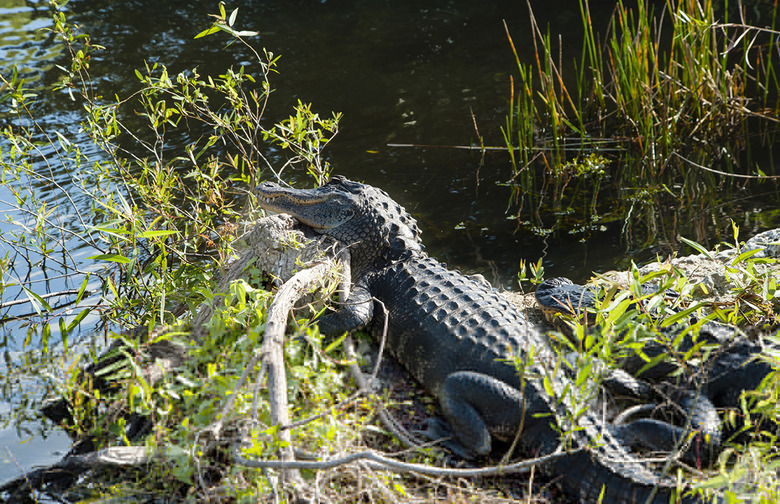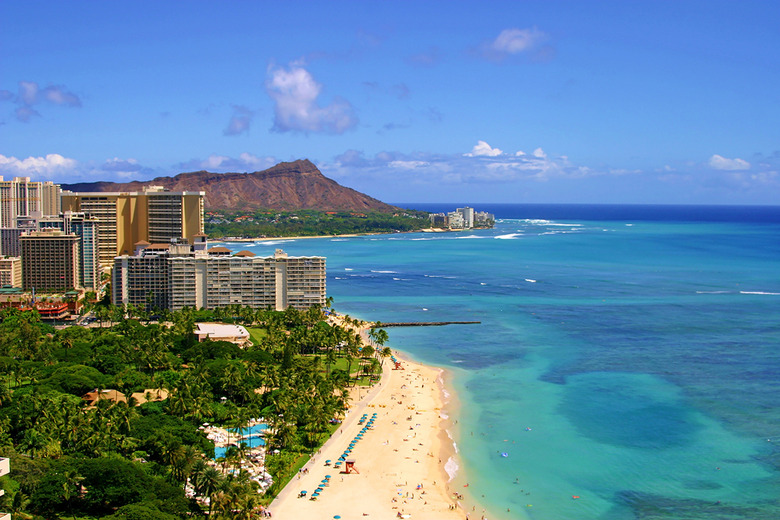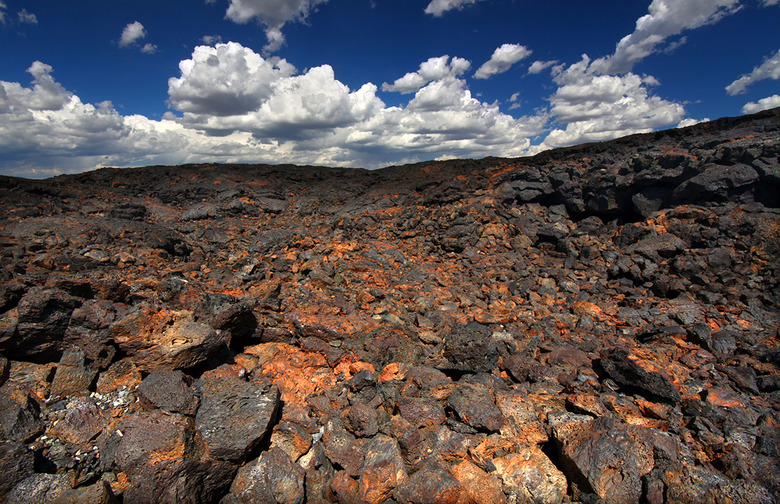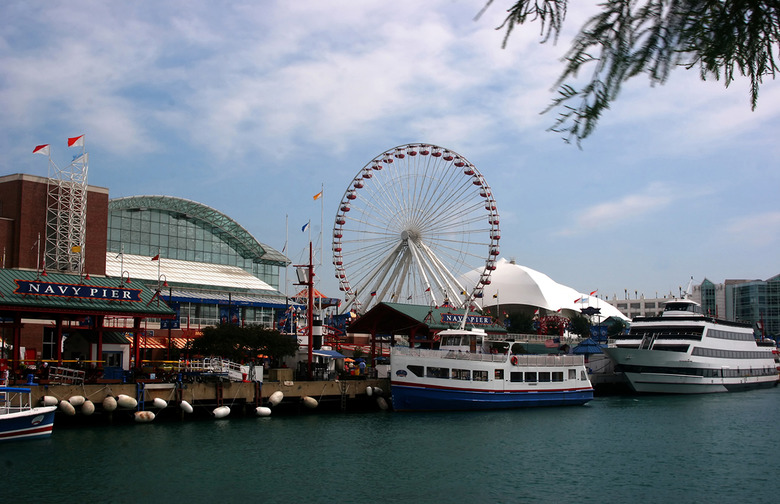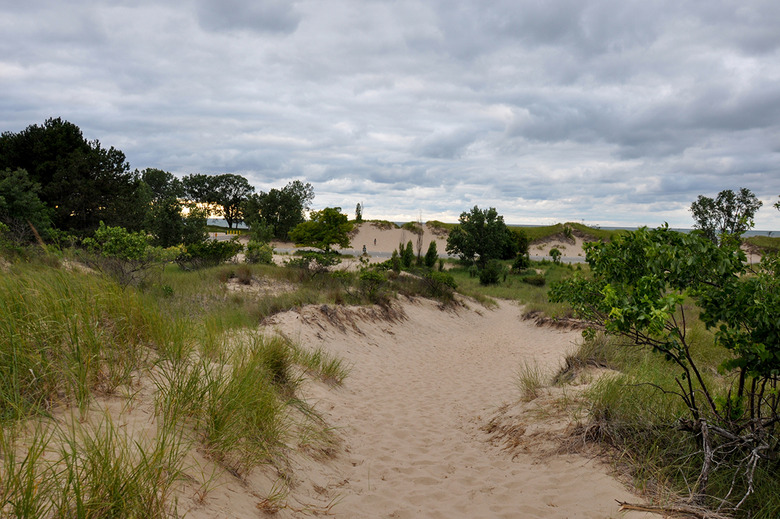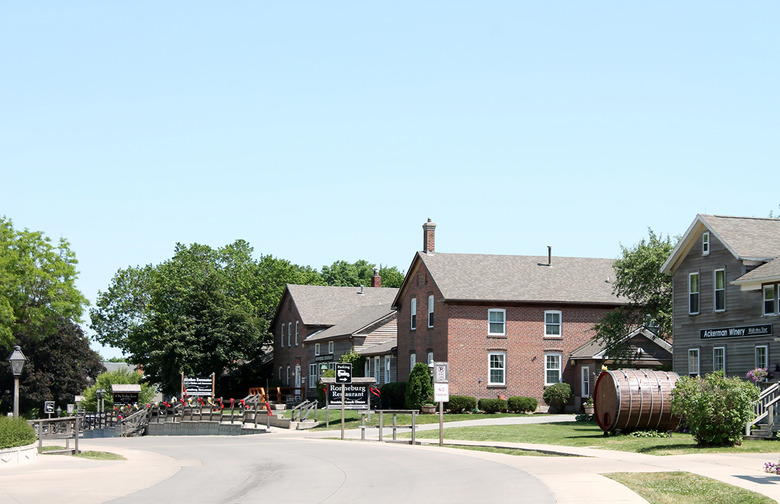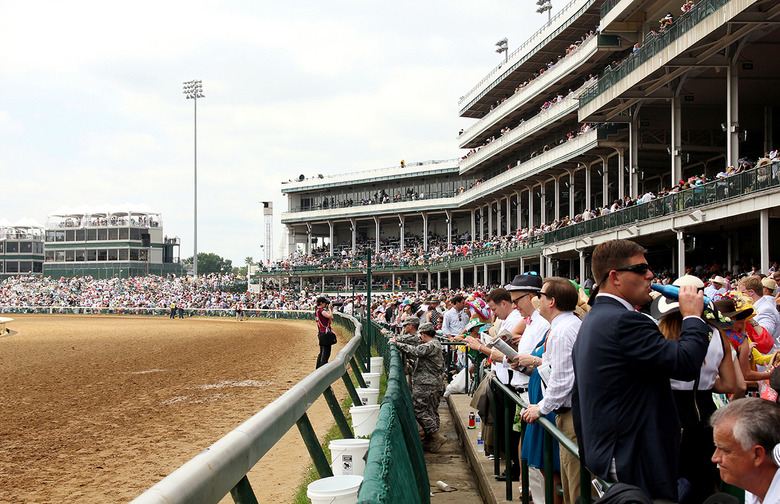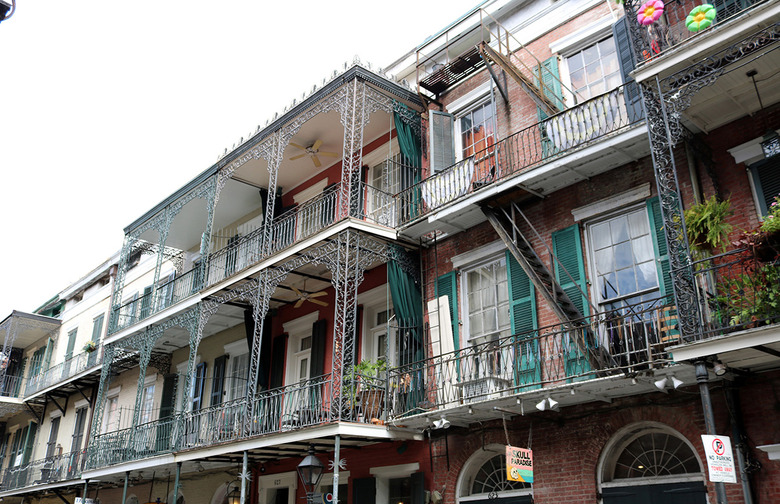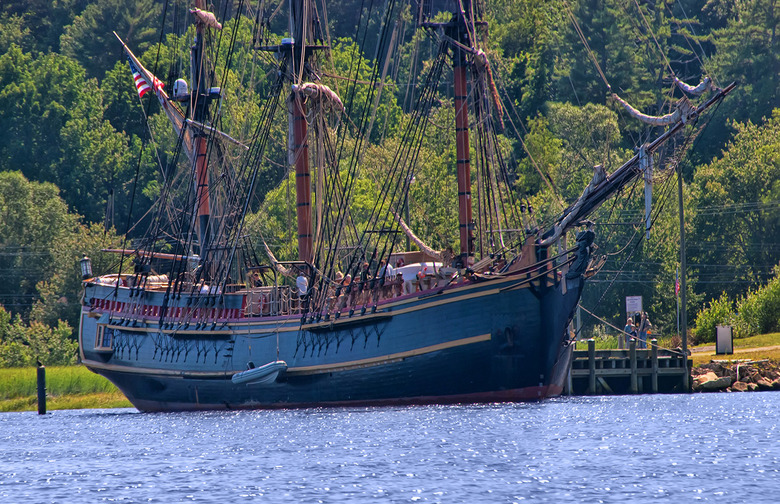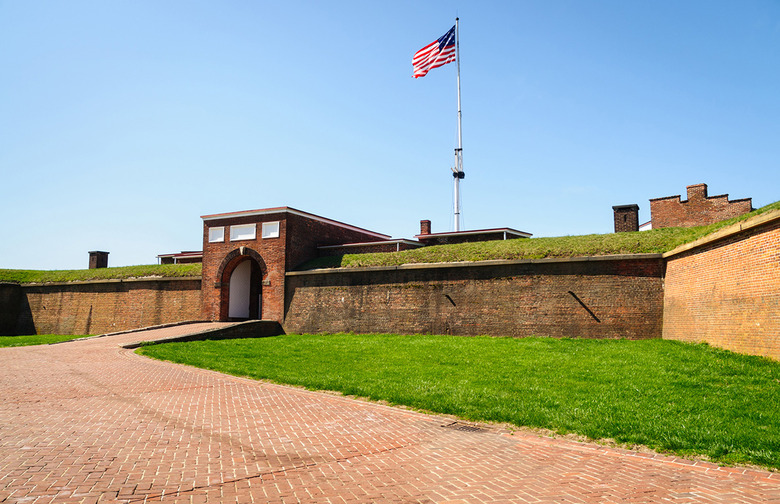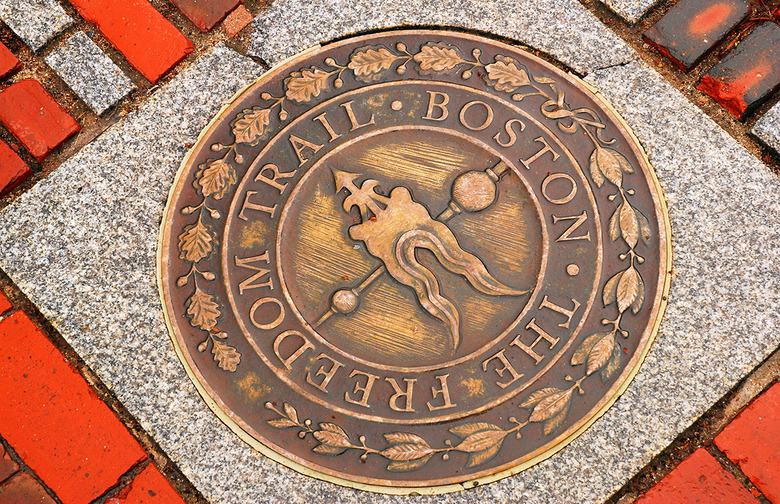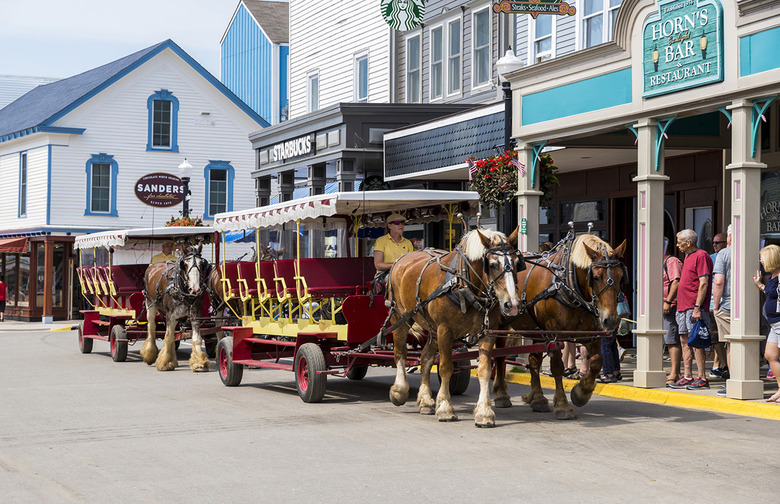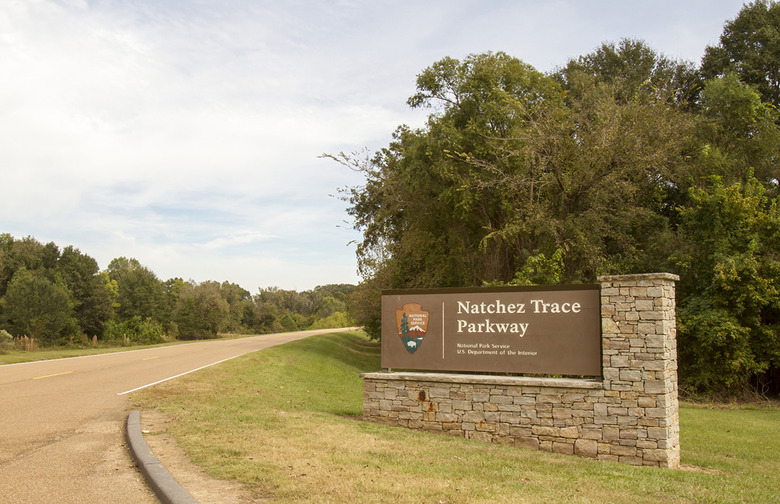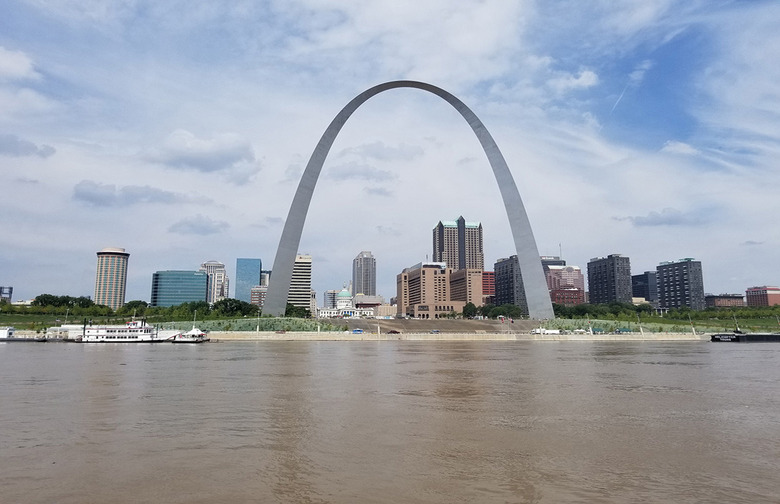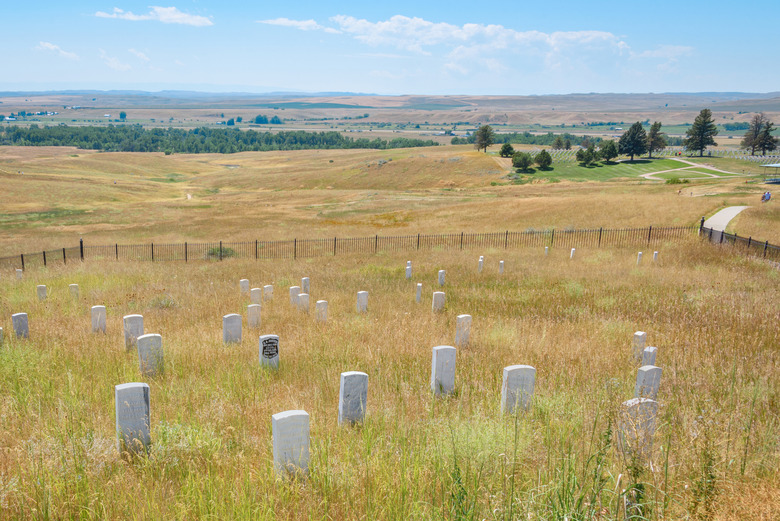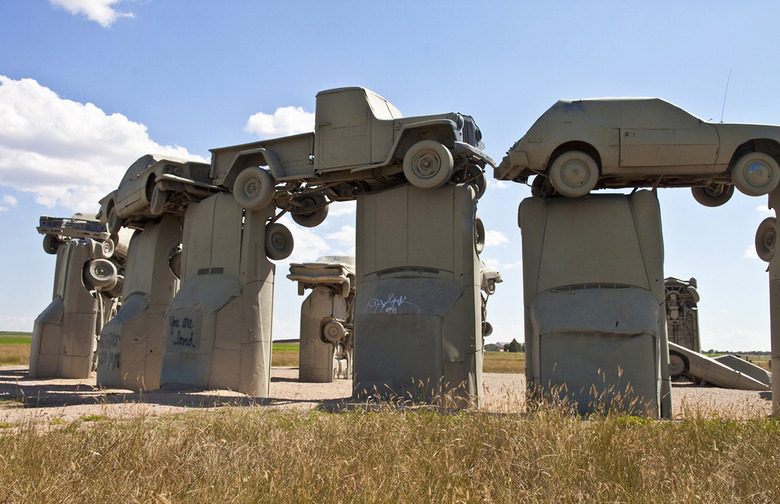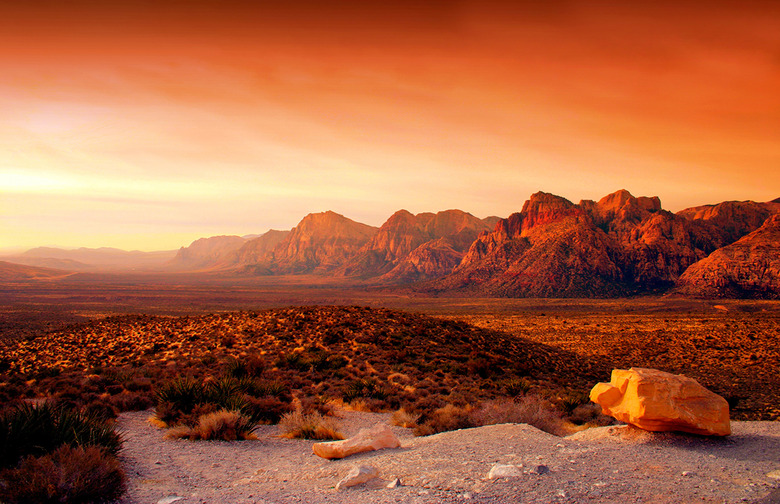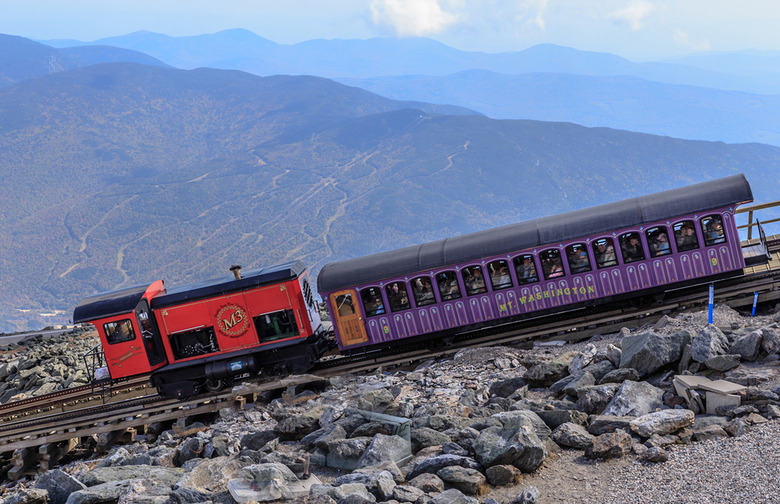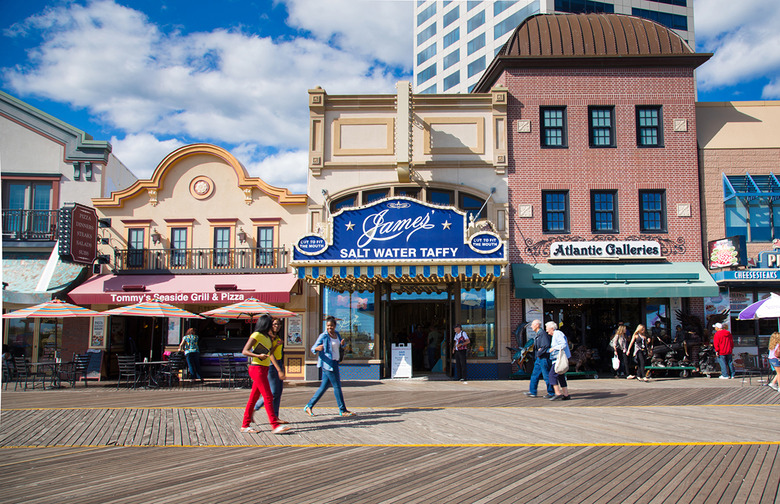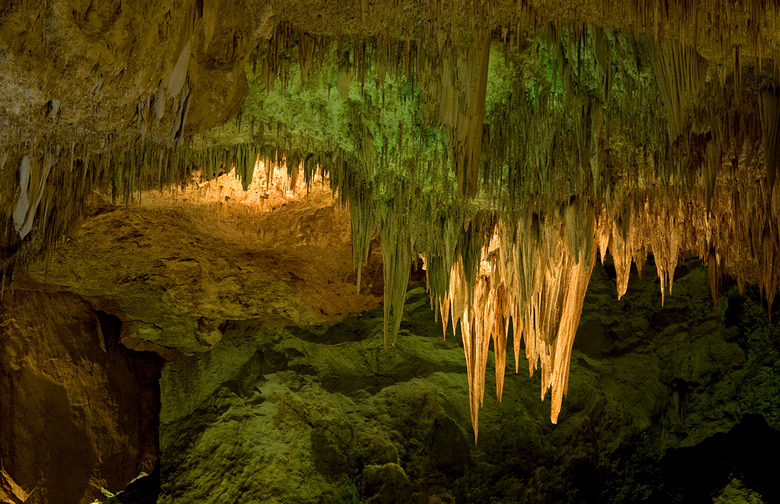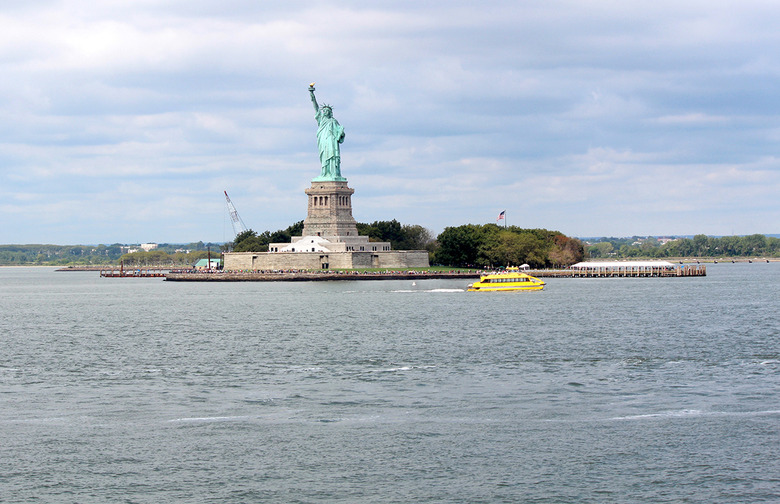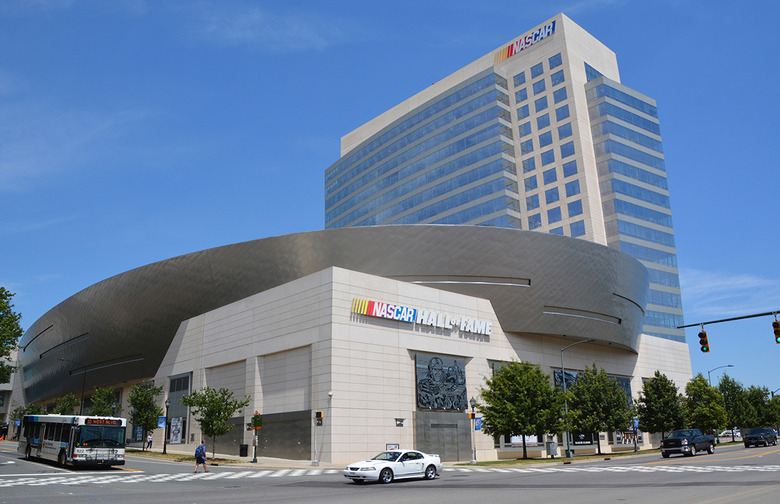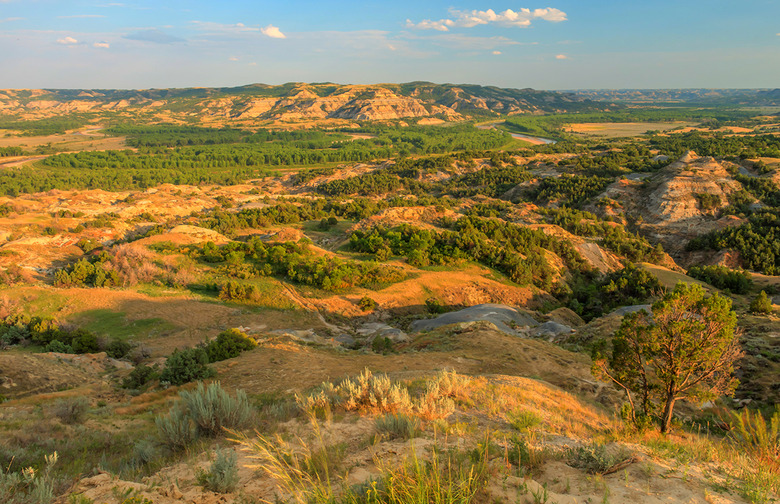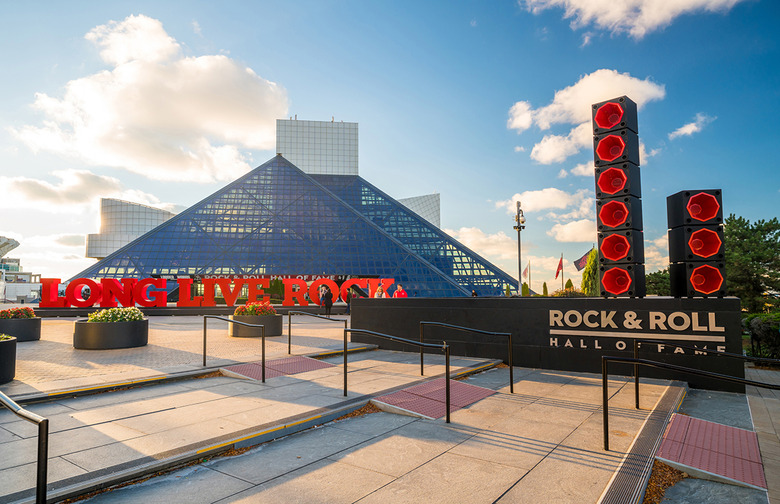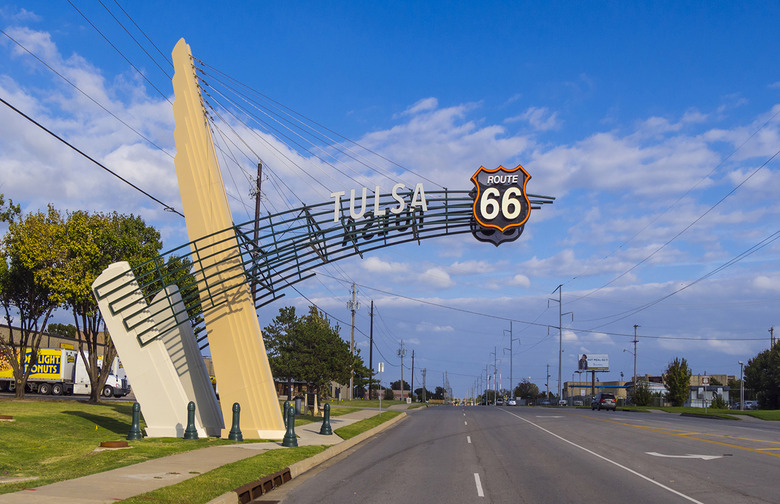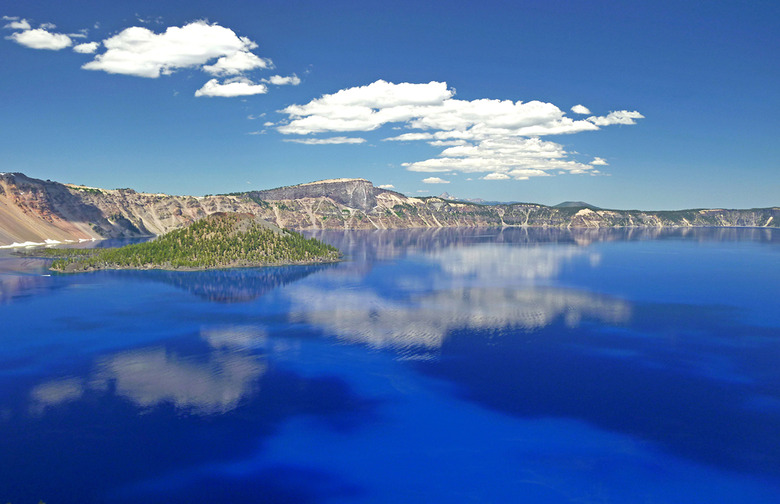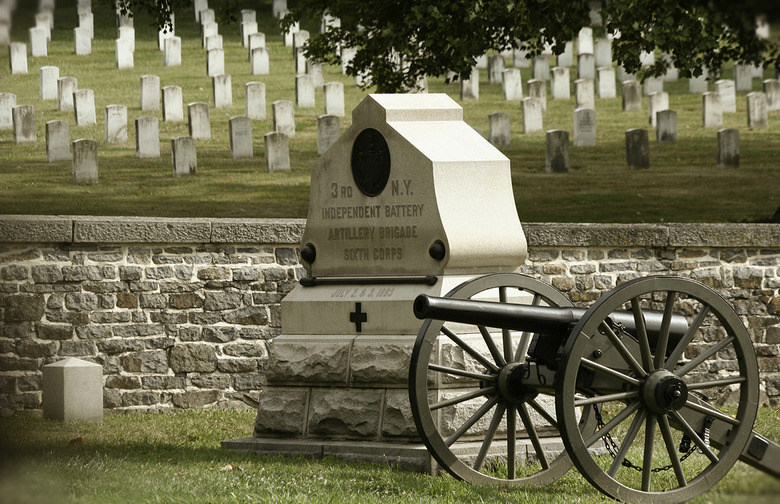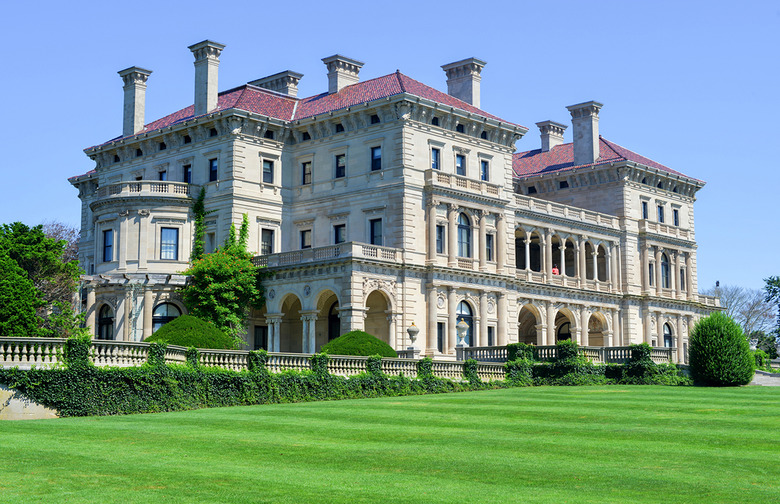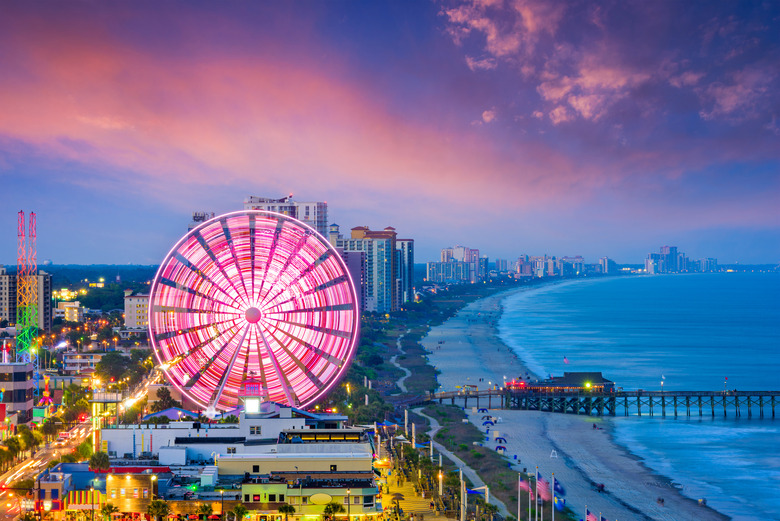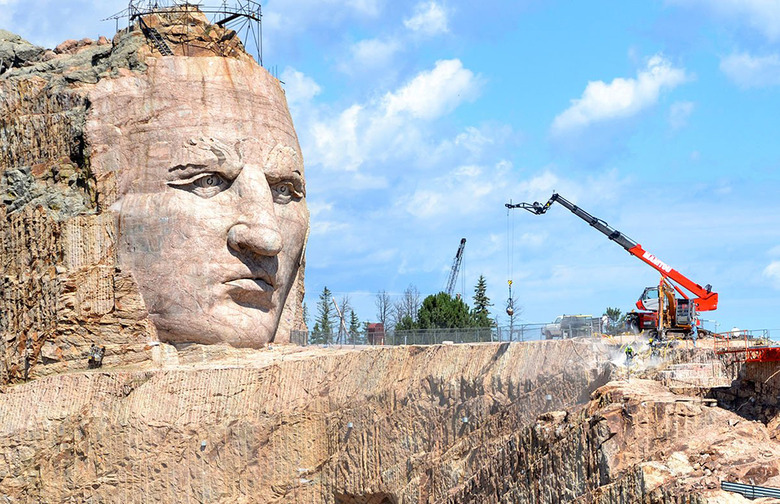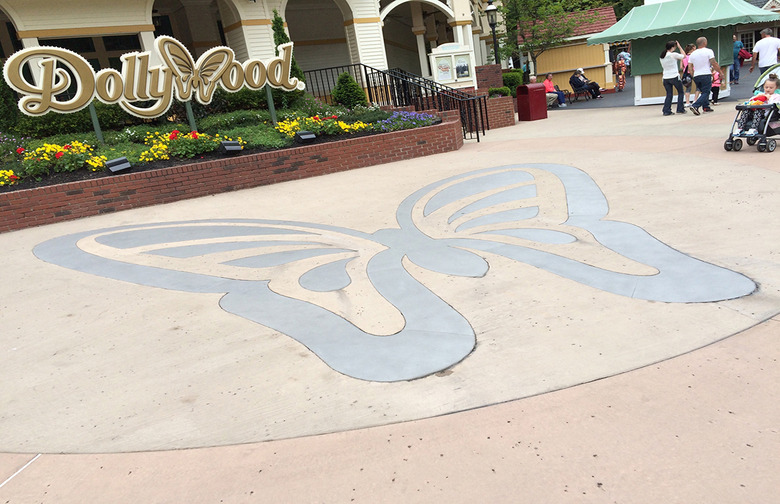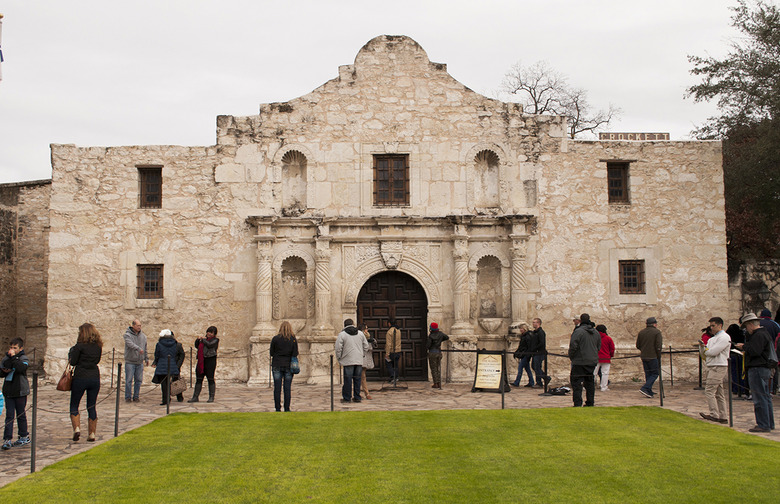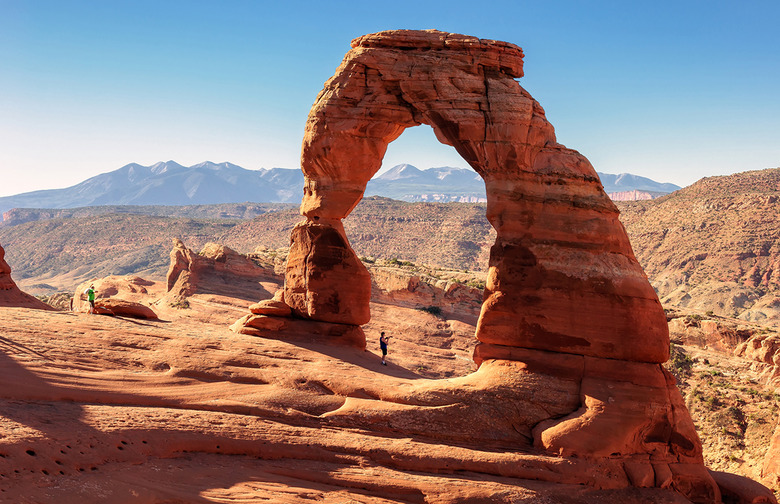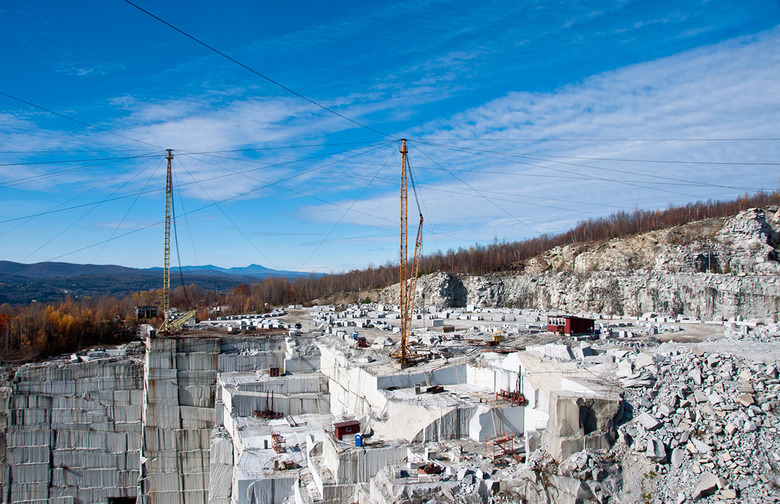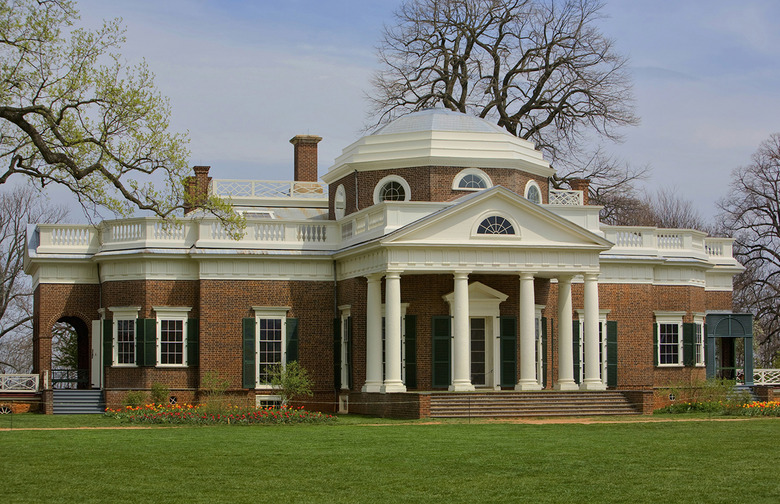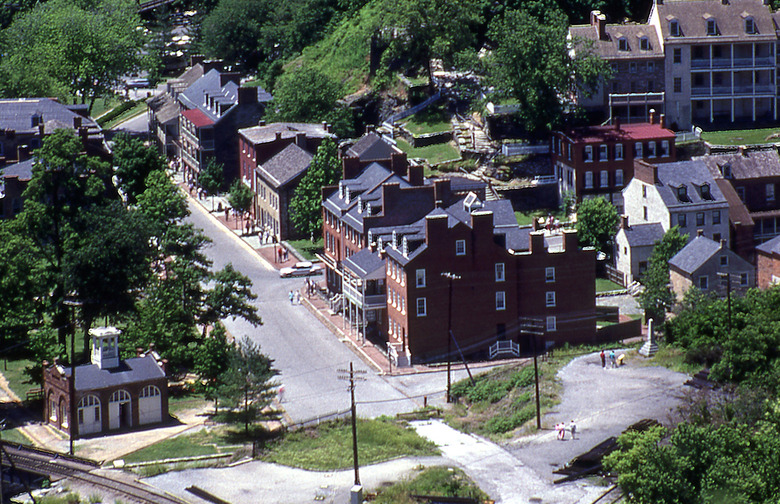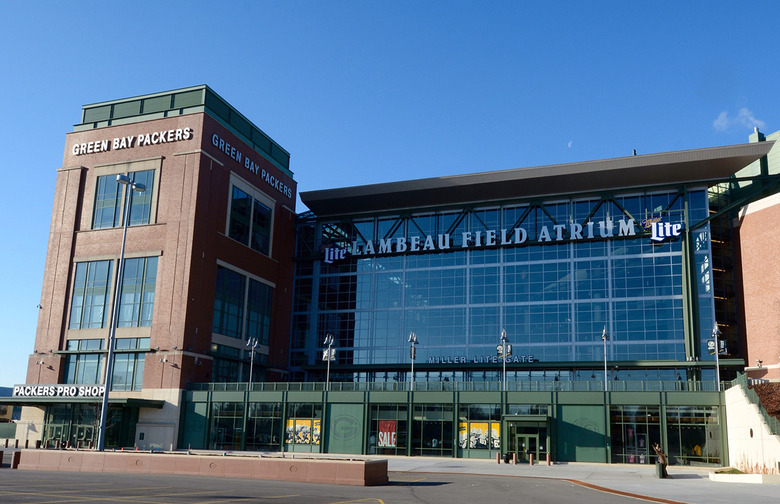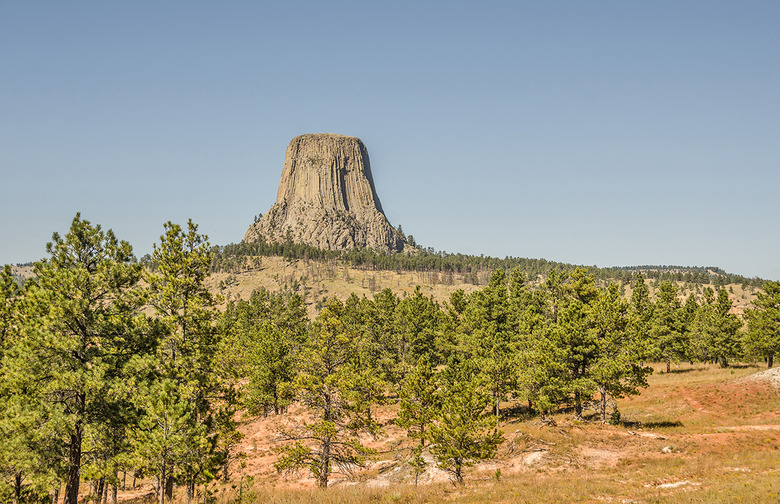The Most Overrated Travel Attractions In Every State [Gallery]
Everyone's got a personal bucket list of places they must visit before they die. A catalog of award-winning beaches, vibrant cities, hidden treasures, once-in-a-lifetime experiences. This isn't that list.
Alabama: USS Alabama Battleship Memorial Park
The USS Alabama is docked along the waterfront in Mobile with a variety of aircraft, including a B-52 bomber, a submarine and equipment from other war periods. The biggest complaint here is that you get a lot of access, but there is almost no meaningful explanation of what all of it is. People agree the ship is cool to look at, but the heat inside, narrow areas and ladders make it difficult to navigate for toddlers and the elderly. The Mobile History Museum might be money better spent, with more info on the USS Alabama – and air-conditioning.
Alaska: Denali National Park
The park is the one of the largest in the United States and includes North America's highest mountain, Mount McKinley. It's all a natural beauty — if you can see it. This is a tourist attraction that depends completely on the weather. If you have overcast, rainy weather, visibility is about zero. And that apparently is quite common. It's been said that only about 30 percent of the visitors to the park see Mount McKinley. Then there's the long ride in an old bus to get to the mountain. A common theme with visitors is that they saw better scenery and more wild life in many national and state parks in the lower 48.
Arizona: Hoover Dam
While visitors might appreciate the historical significance of the dam, it's disappointingly and underwhelmingly small by modern day standards. And it's another expensive family attraction that adds up little by little. You will pay for parking. After you've parked and walked to the visitor center you will pay to see the visitor center, then pay again to take the dam tour escorted by what some tourists have said are rude and grouchy guides. Pros say you could save a lot of time and money and learn the same in 10 minutes at the visitor center. Your kids will be very thankful.
Arkansas: Hot Springs National Park
"Our smallest National Park, and a monument to desecrating a place that previously was a Natural Wonder. Turning it into an upscale 'spa' for wealthy people over 100 years ago, instead of preserving it as a revered place for all people, is testimony to a travesty," is the report from one visitor. When many people make the trip to Hot Springs National Park (key words National Park) to enjoy the springs, they assume the "springs" are in the wilderness. In reality the springs are in glorified hot tubs in bathhouses. For us, the notion of so many people coming to bathe together in a steamy bath house is not a family fun destination.
California: Yosemite National Park
It's Yosemite, not Yellowstone. No colorful hot springs, mud pots or geysers. Visitors have complained of poorly marked trails, bumper-to-bumper traffic, and no "wow" factor. If you do go, try the winter, when park roads close to cars, but not snowmobiles. If you visit in late summer, waterfalls can be completely dry. Visitors say take a picnic and sit somewhere away from the crowds; buying food there can get expensive for a family.
Colorado: Garden of the Gods
It's a National Natural Landmark of jagged stone towers jutting up 300 feet from the earth and giant balanced boulders and rock piles dotting the landscape. One of the biggest complaints seems to be overcrowding and traffic. Visitors say it is so busy at times that there is no way to pull over and explore or see anything. Walking the trails feels like walking down a crowded street during rush hour. This could be due to the fact that the park is free. So if you're in Colorado, maybe head to Rocky Mountain National Park for some real grandeur and fewer throngs of people.
Connecticut: Mystic Seaport
This tourist attraction re-creates a historical seaport village complete with a wooden whaling ship, a schooner and other various steam vessels. Another redundantly over-priced, over-hyped and underwhelming attraction, some visitors say. After paying to get in, expect to pay again to participate in activities such as boat rides, child craft programs, a planetarium show and wagon rides. In the winter some of the ships are dismasted and under tarps.
Delaware: The Old State House
Found in the state capital of Dover, The Old State House has been a piece of Delaware history since 1792. You really have to be a history buff and into touring state capitals to visit this site. On the positive side it's a free tour that lasts only about 20 minutes. Anyone's significant other should be able to survive that long. The house has also been called the "All New Old State House" by some: It has had so much extensive renovation over the years that a significant amount of the old structure is said to have been scrapped and re-built.
Florida: Everglades National Park
The Everglades National Park is the second largest in the country after Yellowstone and the largest subtropical wilderness (translation: swamp with large mosquitoes) in the continental U.S. You pay (the money goes to preservation) to enter the park and after that it's just a long, flat 40-mile drive through grass with side stops. If you're up for it, you can get out of your air-conditioned car and sweat in the humidity for a hike through grass or jungle trees. Consider yourself fortunate if you can tolerate the heat and mosquitoes and actually see some wildlife. Most leave seeing a few crocodiles and birds.
Georgia: Savannah Historic District
Not good. Not evil. Just so-so. The Historic District encompasses about a square mile, preserving the old city with its fountains and squares as much of it appeared at the time of the Civil War. A lot to see and a lot not to be seen. The city is easy-going, attractive and friendly during the day but at night the streets become crowded with partiers. Savannah has been dubbed "the pretty lady with a dirty face." One tourist noted: If you're hoping to experience true Southern culture, skip Savannah and go to nearby Charleston, S.C.
Hawaii: Waikiki Beach
"Waikiki" is what everyone thinks of when they think of Hawaii. And that's the problem. This legendary beach is too often marred by big crowds and garbage.
Idaho: Craters of the Moon
Craters of the Moon National Park features other-worldly volcanic formations and lava flows. Think of being on the moon but without the cool view of Earth. Everything is dark grey, black, or brown and extremely hot in the summer. If you have never seen volcanoes and/or lava flows, this place might be worth your time.
Illinois: Navy Pier
Navy Pier is located along Chicago's waterfront, on Lake Michigan. The pier includes museums, restaurants, shopping and a theater. Highlights include the Ferris wheel, the Children's Museum, the Chicago Shakespeare Theater, Crystal Gardens — and being Chicago's largest overrated tourist trap, according to many online reviews. A lot of people say the entire interior is nothing but souvenir shops and food booths designed to entice your kids and take your money. With so much to do and see in Chicago, why pay a fortune for parking to walk through a mall? On the upside, the pier does offer some nice views of the city and lake. But that's about it.
Indiana: Indiana Dunes
The Indiana Dunes National Lake Shore is another Lake Michigan tourist destination. The park hugs 15 miles of the southern shore of the lake, and visitors can explore 50 miles of trails. Overnight camping is also available. This all sounds great if you can actually get to the jam-packed park and beach. If you do find a place to park and make it to the sand, you might be disappointed by the size of the dunes. Another disappointment for some is no floating toys allowed in the water. And don't forget the swarms of large black flies that bite.
Iowa: The Amana Colonies
The Amana Colonies of Eastern Iowa are seven German villages with historical structures, shopping and dining establishments. The colonies dates to the mid-19th century, when German Pietists first broke soil in this isolated Iowa location, and for many years, no outside influences interfered with their communal lifestyle. The problem is that it's not a living farm or living history museum. Here's what it is: a bunch of stores in the old Amana buildings selling the same items. Visitors say that you'll find that the shops are not at all local although they have a few locally produced items. And most of the items have nothing to do with Amana. "What does a fossil from Morocco have to do with Amana, and why does every other shop sell these fossils?" noticed one shopper. The saving grace of this place is the good German food.
Kansas: Botanica
Wichita's Botanica is a 9.5-acre site that features themed gardens. The Botanica is open year-round with many displays changing with the season. Unimpressed visitors say it's an overrated, small park. Many find it overpriced.
Kentucky: Kentucky Derby
Kentucky's most famous event and one of horse racing's most prestigious races is the Kentucky Derby, held at Churchill Downs in Louisville. It takes place the first Saturday in May and draws a huge crowd to the city. If this is on your bucket list and you have a vision of sophistication, sipping mint juleps with ladies in sun dresses and large ornate hats, be prepared to pay a lot. Otherwise you will be paying hundreds of dollars for backless bleacher-style seating in the grandstand section. For this price, visitors say, you get trash everywhere, porta potties, very drunk people throwing up and no shade.
Louisiana: New Orleans’ French Quarter
Many visitors will say "skip the French Quarter, go to Frenchman St." The French Quarter is known for its old buildings, some dating back 300 years, with wrought iron balconies extending over the sidewalks below. But it is also known for drunken nights on Bourbon Street. The zombie drunk frat boys once confined to Bourbon Street are now staggering and bleeding over the entire French Quarter, some fed-up visitors say.
Maine: Maine Maritime Museum
Unless you are really into maritime history you can skip this. On the site of a 19th-century shipyard, the Maine Maritime Museum preserves Maine's seafaring, shipbuilding and lobstering heritage. (We lost you already, didn't we?)
Maryland: Fort McHenry National Monument
Completed in 1803 to guard the entrance to Baltimore's harbor, Fort McHenry became a national icon after withstanding a 24-hour bombardment by the British in 1814. The fort saved Baltimore from occupation and inspired Francis Scott Key, held prisoner on a British ship during the attack, to write "The Star Spangled Banner." The problem is that the fort is rather barren. There are a few cannons and small exhibits, but otherwise not much to see.
Boston, Massachusetts: Freedom Trail
Some of Colonial America's most iconic landmarks dot Boston's three-mile Freedom Trail as it winds through the old city's narrow streets. Downtown Boston has some very real beauty to it, but disappointed visitors have complained that the Freedom Trail is just one big tourist trap consisting mostly of very old houses and a lot of time spent in cemeteries.
Michigan: Mackinac Island
No gasoline smell on this island ... but a gas smell from another mode of transportation is very prevalent. Mackinac Island offers a look at a historic period and a simpler way of life, before cars and buses. In fact, there are no cars permitted on the island. Most people love this idea, however, they don't love the smell (and presence) of horse poop everywhere. Even the restaurants and hotels get their deliveries as they did in the 19th century by horse drawn carts. This is really quaint and great for photos, but not so great on a hot summer day. You can rent a bike or spend a wad of money to take a carriage tour unless you plan on walking the eight miles around the island.
Minnesota: Mall of America
This mall in Bloomington, outside Minneapolis, opened in 1992 and is the largest in the United States. In addition to the hundreds of shops and dozens of restaurants, the facility includes theaters, hotel accommodation, and other amusements. But many agree that after one visit, they will never go back. Most locals avoid this mall due to sensory overload. They find it's great for families to spend some time the winter months, but not for general shopping.
Mississippi: Natchez Trace Parkway
The Natchez Trace Parkway follows the old route between Natchez and Nashville, used mainly during the early 1800s. Today it is a tourist route through Mississippi. Along the road are numerous attractions, including a pre-Columbian mound and several historical sites. Most will agree ... nothing to see here, folks. Disappointed tourists describe it as a slow drive through over-hyped, less-than-spectacular scenery. If you're looking for beautiful scenery with spectacular hikes, try the Blue Ridge Parkway in North Carolina and Virginia.
Missouri: St Louis Gateway Arch
Another great experience if you enjoy standing in line. The Gateway Arch is the iconic structure that visually defines St Louis and is the symbolic "Gateway to the West." Visitors can take an elevator up to a viewing platform at the top. The biggest complaints about the monument come from the long lines to get to the top. Some waited in line 1 1/2 to 2 hours before the tour even started. First you have to go through airport style security to access the lifts, then it's off to the waiting room to watch a video presentation. You wait in line again for pictures and then to line up for the tram. The pods are extremely small and very uncomfortable for oversized people. Once you finally get to the top, there's not much room to see out because the windows are very small. Before you even have a chance to catch the view and focus outside the windows you are being told to exit.
Montana: Little Bighorn Battlefield National Monument
Remember, it is a cemetery. The Little Bighorn Battlefield National Monument, said to be among the most haunted places in the country, commemorates the 1876 clash between the U.S. Army and Sioux and Cheyenne Indians. The park includes a visitor center, museum and the Custer National Cemetery. People find the museum small and underwhelming. Oh, and watch out for rattlesnakes on the trails.
Nebraska: Carhenge
What is it? Culture? Kitsch? Or just a junkyard? Certainly one of Nebraska's quirkier attractions, Carhenge duplicates the more familiar Stonehenge, but is constructed with automobiles. Thirty-nine cars arranged in different positions jut out of the ground and so perfectly replicate the real Stonehenge that the summer solstice event happens here in the same manner as it does in England. There are also a number of other odd works on site. In one area, a metal fish is shown emerging from the ground. This is a free attraction with free parking, so if your on your way to Yellowstone National Park you could stop, but definitely not worth going out of your way for.
Nevada: Red Rock Canyon
A short ride from Las Vegas is Red Rock Canyon, a national conservation area. The rock formations are impressive, but visitors say you can see some of them from the main road without paying the fee to do the 13-mile loop. Save your money for the blackjack tables.
New Hampshire: Mt. Washington Cog Railway
On a clear day you can see forever. That's about 20 percent of the time. The Cog Railway that has been carrying tourists since it opened in 1869. On a clear day, the view from the summit of Mount Washington spans four states; on a cloudy day, you may be able to look down on the tops of clouds. That was one of the top complaints of visitors. The weather changes quickly on the mountain, so you might start at the bottom on a sunny morning, but end up in a fog at the top. And no refunds for bad weather.
New Jersey: Atlantic City and The Boardwalk
This four-mile-long promenade was constructed in 1870 and in its heyday was the place where the majority of the city's attractions were found. With many casino-hotels closed or in bankruptcy and a lot of the shops and businesses on the board walk closed, you can see the former glory of the place fading away. Most of the stores still open for business are the typical tourist souvenir shops. Under the boardwalk? Garbage.
New Mexico: Carlsbad Caverns National Park
Made up of nearly 120 known caves, Carlsbad Caverns National Park is hidden mostly underground. Carved from limestone deposited in an ancient sea, the underground landscape is one of the most famous and overrated New Mexico tourist attractions. Some fed-up visitors say you'll see all you need to see in about 10 minutes. I guess if you've seen one stalactite, you've seen them all.
New York: Statue of Liberty
The statue, of course, is a national treasure. The problem is that there are a lot of huddled masses yearning to get close to it. Seasoned New Yorkers will tell you to skip the statue and just ride the Staten Island Ferry. You'll get great views — and clean bathrooms onboard.
North Carolina: NASCAR Hall of Fame
"Boring" and "skip this if you are not a racing fan" are some of the reviews of this venue. Attractions include historic cars, a Hall of Honor and behind-the-scenes exhibits. One of the biggest disappointments seems to be the simulators. Some say you'll get a better racing experience at a go-kart track or playing Xbox.
North Dakota: Theodore Roosevelt National Park
Seems to be a lot of driving to see very little. The park is named after the naturalist, rancher, and 26th president of the United States. If you understand that the point of going to this park is see what Teddy Roosevelt saw when he came out to the West, you won't be disappointed. Beautiful views and nice walks await you. But it is not Glacier or Yosemite.
Ohio: Rock and Roll Hall of Fame
It was more about the stuff and not about the music is a common theme from disappointed visitors. Located on Cleveland's waterfront, the museum offers a somewhat comprehensive look at Rock and Roll history, organized by decade. However, as you dive in deeper into the building, visitors say the exhibits become a confusing jumble.
Oklahoma: Route 66
Route 66 is past its prime. As one traveler observed, it has been cut off and become a mish-mash of modern highways and overpriced roadside tourist shops. The full stretch of Route 66 runs from Chicago to Los Angeles, but the longest stretch cuts diagonally through Oklahoma. This OK length begins in the northeastern corner of the state and travels through Tulsa and Oklahoma City before crossing into Texas. Safe to say, you won't get your kicks here.
Oregon: Crater Lake National Park
The lake was formed by a collapsed volcano and is located in the Cascade Mountains of southern Oregon. Some find it an overrated hole of water in the middle of nowhere. Getting there takes a lot of time over narrow roads. During some summer months, smoke from wildfires can restrict views. Some park rangers have an inside joke that there are three seasons at Crater: mosquitoes, smoke and snow.
Pennsylvania: Gettysburg National Military Park
It's great if you are a Civil War buff, but gets a bit dull if you aren't. There are more than 1,300 monuments. Seeing just a fraction could take days and drive non-history buffs to surrender.
Rhode Island: The Breakers
Overrated and overpriced to a lot of visitors. This Gilded Age mansion was built by Cornelius Vanderbilt in 1895 and reflects the wealth of the Vanderbilt family. Visitors were not wowed by the guided tour "beneath the Breakers." No, it's not the servants working spaces like "Downton Abbey"; you just get to see some pipes and an old boiler.
South Carolina: Myrtle Beach
Why attach such a tacky town to a nice beach? One of the most popular things to do in South Carolina any time of year is to retreat to Myrtle Beach. Less popular is the tourist trap of the town itself and its very congested boardwalk..
South Dakota: Crazy Horse Memorial
Maybe pay to see it once it's finally done. The Crazy Horse Memorial has been a work in progress since it was begun in the 1940s. The head and upper body portion have been carved into this mountain, like the Mount Rushmore carvings just down the road. Visitors say it's an expensive ticket to see a monument that is less than one fourth complete.
Tennessee: Dollywood
Named after country singer Dolly Parton, Dollywood has long been one of Tennessee's most popular attractions, with more than 3 million visitors per year. This theme park provides a mix of folksy Smoky Mountains traditions and crafts, rides and entertainment. It might be unfair to compare this place to Disney World or Six Flags, but it is a bit of a letdown for most who pay the relatively steep ticket price.
Texas: The Alamo
It's more of a shell than a destination. By most accounts visitor expectations are too high, and the Alamo is seriously unimpressive. Most will not "Remember the Alamo!"
Utah: Arches National Park
The park has more than 2,000 natural sandstone arches, along with other geological formations including Balanced Rock that towers over the desert landscape in the middle of the park. But lately it's becoming better known for overcrowding.
Vermont: Rock of Ages
The world's largest deep-hole dimension granite quarry and the world's largest outdoor display of grave stones. No — really. Pass this one by. Vermont is a wonderful place to visit, just not here.
Virginia: Monticello
Overpriced and underwhelming. Said to be one of the finest country houses in the United States and one of the most visited presidential homes, Thomas Jefferson's Monticello is a mansion that he designed himself and filled with his inventions. But by modern standards, it's small, and at any given time there are a half-dozen concurrent house tours going on, each including 20-30 people. Visitors say you are hustled into a room and the doors are shut behind you so the tour behind you can occupy the room. After a few minutes, you are hustled to the next room and the door shut behind you again. There is no time to linger.
Washington: Seattle Space Needle
Depending on how long you wait in line to get in the elevator, your sunny view could be obscured by mist and fog once you reach the top. And it's a little pricey for families. Valet parking and dinner at the top can add up, too. Also you can only validate your parking ticket if you have dinner. You can find a better and cheaper view of the city from Pier 57 on the Seattle Great Wheel.
West Virginia: Harpers Ferry
Parking nightmare in a beautiful setting. The Shenandoah River meets the Potomac River at this small West Virginia town that was the site of abolitionist John Brown's raid on the United States arsenal in 1859, an event that hastened the onset of the Civil War. Most really wish this town would hasten to put in more parking. Visitors say you could drive around town for up to an hour some days looking for a parking space.
Wisconsin: Lambeau Field
It's a football stadium. Nearly large enough to house the city's (Green Bay) entire population of 72,000, Lambeau Field was opened in 1957 and is the longest continuously occupied stadium in the NFL. If you are a Green Bay fan or a big football fan you will be thrilled to be here. If you are neither of these things and are just driving here to take the tour or hit up the souvenir shop, it's a big meh.
Wyoming: Devils Tower National Monument
The Tower is a geological feature that protrudes out of the prairie surrounding the Black Hills. It is considered sacred by Northern Plains Indians and it was made famous by Steven Spielberg's "Close Encounters of the Third Kind." Without a lot around it but a couple of souvenir shops and cafes, and the average person unable to get close or climb it, most agree they wouldn't recommend making a special trip to see it. For the must-see places in 2018, though, click here.

